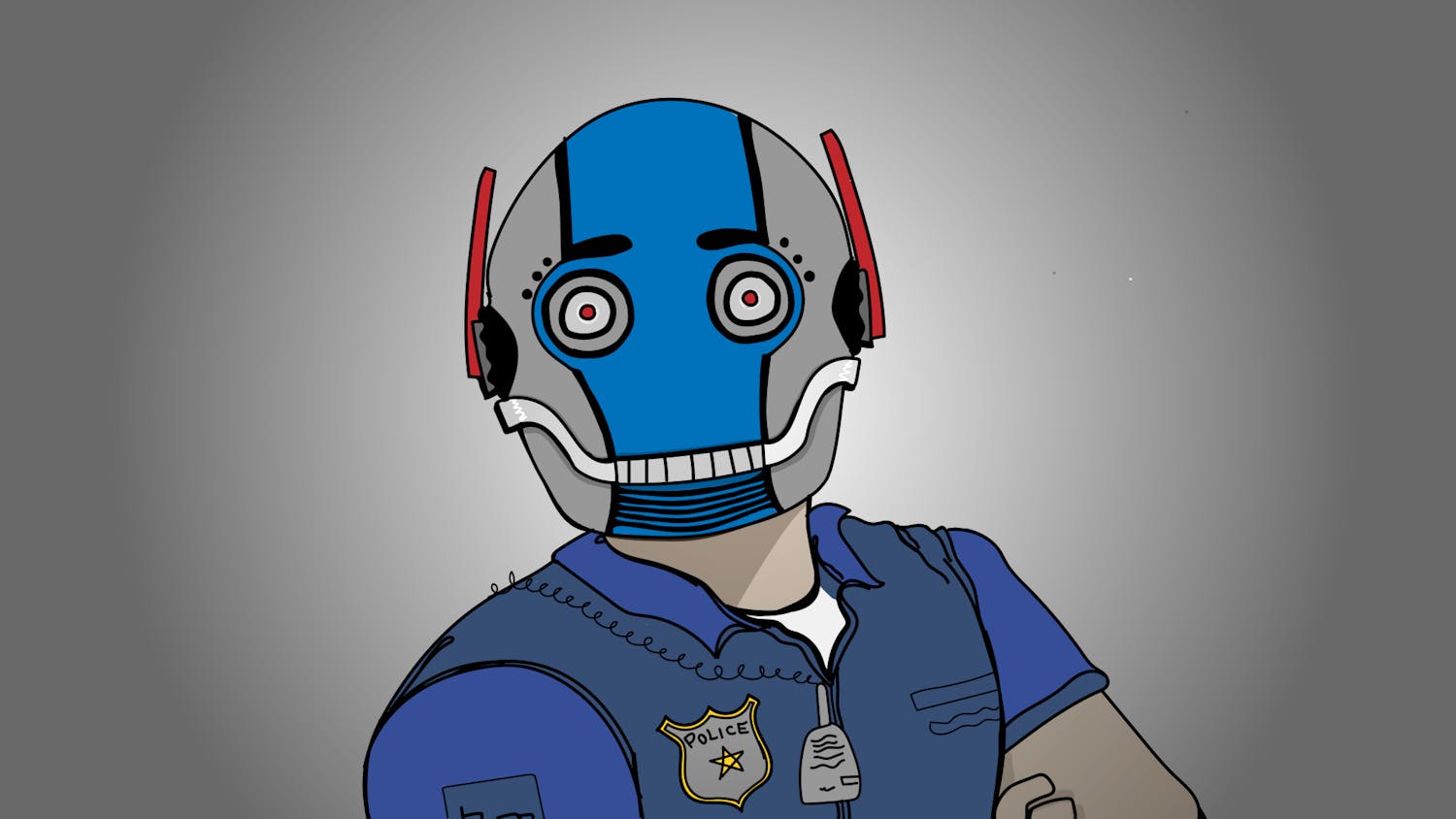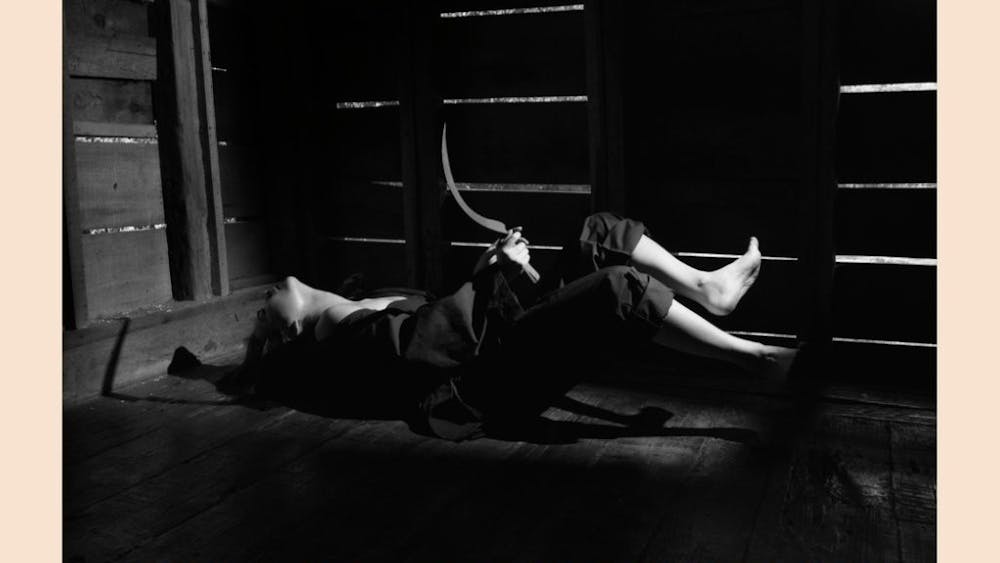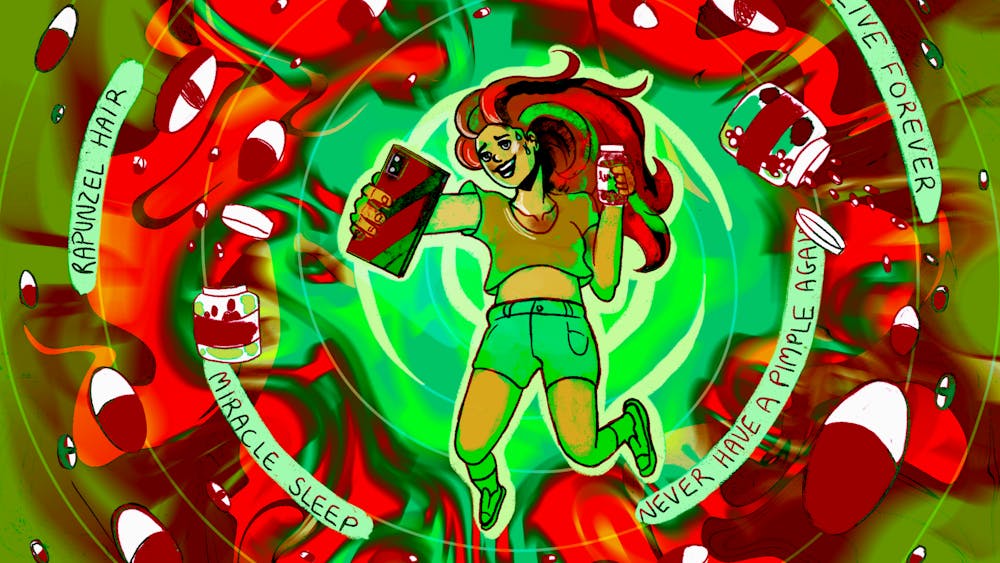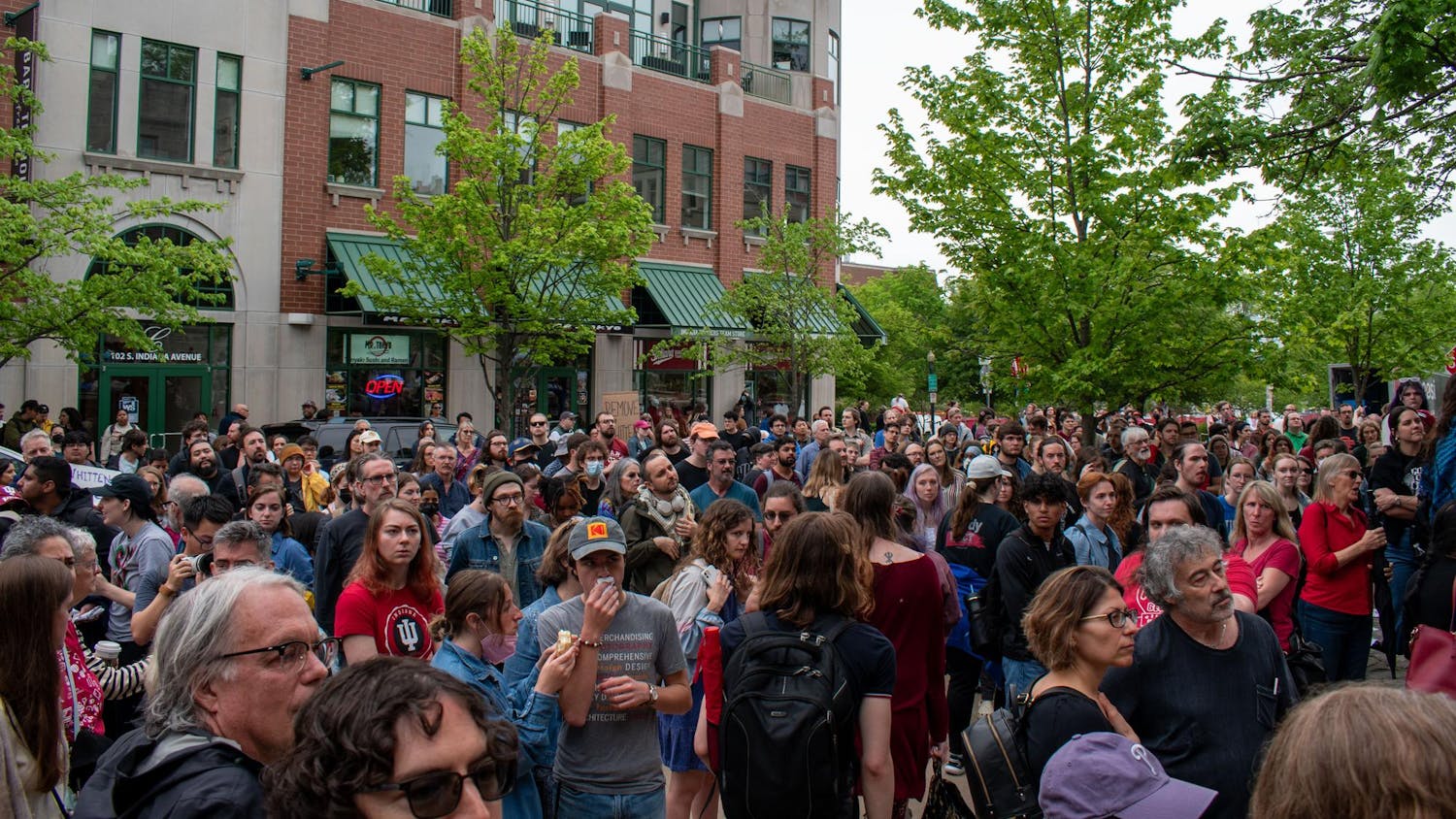In Suzanne Collins’ saccharine “Hunger Games,” Katniss and Peeta come within an inch of death to prove to their overlords in the Capitol that they will not be another pair of pawns in the Capitol’s games. In their real-life Hunger Games, Palestinian prisoners have gone even further.
Today, some 4,600 Palestinian prisoners are held in Israeli prisons in the Negev and elsewhere. Some have been arrested on suspicion of terrorism, but for others, their greatest crime was throwing a stone in protest of the Israeli occupation of their villages or simply being in the wrong place at the wrong time.
For their “crimes,” they have been torn away from their homes and families and thrown into Israeli prisons, where they are left to be forgotten. They have been left in a cell for years without knowing the charges against them or being charged, a violation of their basic human right of habeus corpus. They have long been manipulated and pressured using harsh solitary confinement in violation of the principles of humane treatment.
Well after the release of Israel Defense Forces soldier Gilad Shalit, rights which were unfairly curtailed due to Shalit’s captivity (rules which prohibited Palestinian prisoners from continuing their university education where they were studying, etc.) were left in place. Indeed, these rules remain in place today.
For the 4 million Palestinians in the Occupied Territories, prison and “administrative detention” have simply become part of life under the Israeli occupation. According to outside statistics, at least a quarter of the Palestinian population and half of males have been in prison at some point in their life time. Prison has become a universal experience, a touchstone that represents exactly what is wrong with Israel’s occupation.
But for some prisoners, enough has become enough. After Khader Adnan’s romantically quixotic quest to hunger strike alone and his subsequent release, hundreds of Palestinian prisoners have joined the fight. Like Katniss and Peeta, they are now risking their health, bodies and lives in a game most did not choose to play to show the world the perversity of the system that controls them.
According to estimates, the number of striking prisoners ranges from 1,500 to 2,500 today, a number Israeli prison officials have gone to lengths to conceal. This is not the largest number of Palestinian prisoners ever to hunger strike. What is different is how the movement began.
Rather than dictated by ideology or outside groups, the hunger strikes grew out of the prisoners’ own desperation. They broke free of the authority of the Palestinian Authority — the governing body of the West Bank — and from their own authority started a direct action.
This tactic points to how peace must now come: through building a grassroots level of non-violent resistance to Israeli rule and spreading it through the Occupied Territories like wildfire. The existing vehicles — the PA, Hamas and Islamic Jihad — have become corrupted pawns in Israel’s divide-and-conquer strategy. The Palestinian people cannot wait for the perfect “white knight” of Tom Friedman.
As the world’s ADD focus has moved away, a new episode in the Israeli-Palestinian conflict has begun. Let the Hunger Games begin — in hopes of a future of resistance followed by peace.
— sidfletc@indiana.edu





